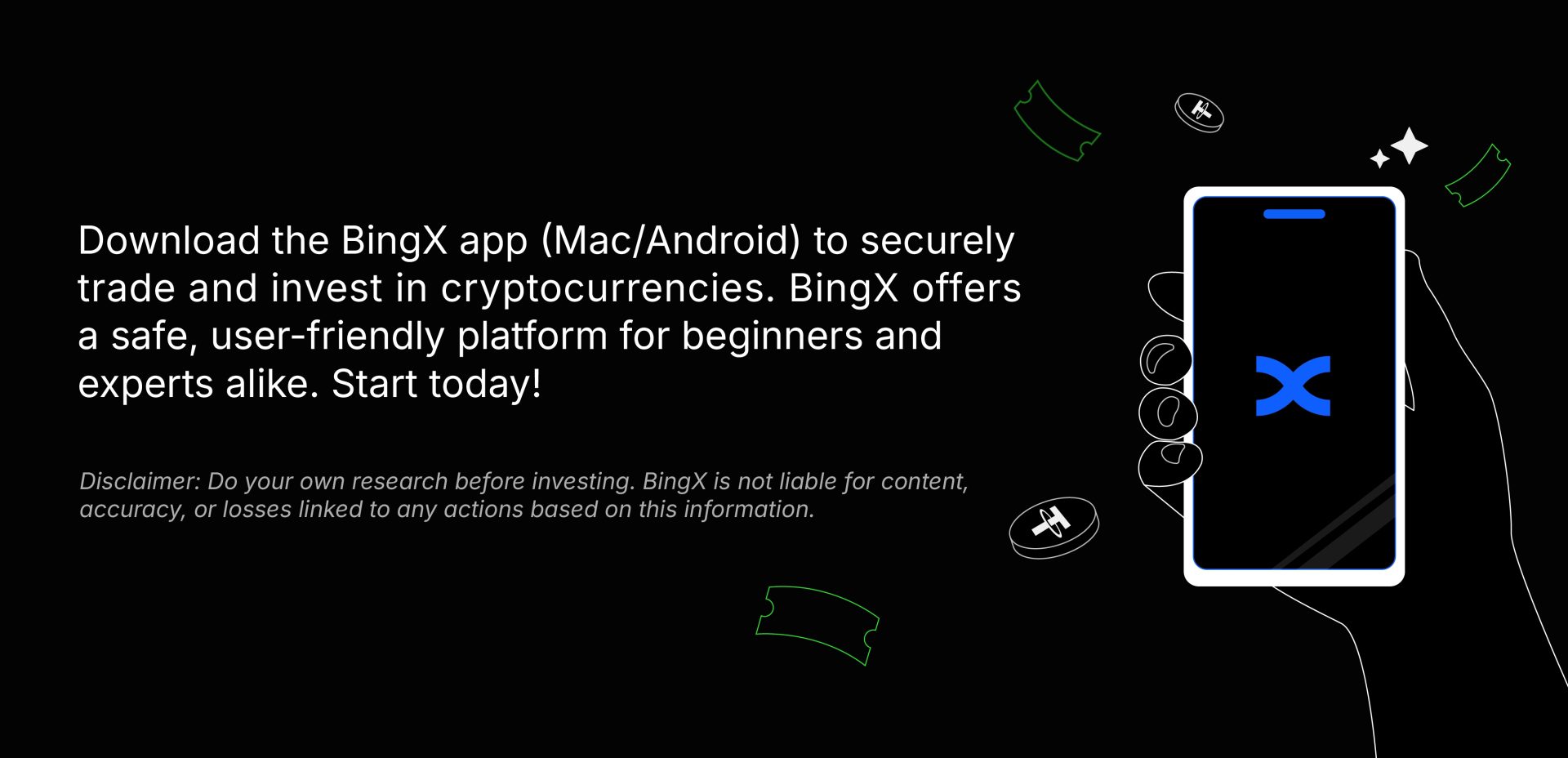As Saudi Arabia strides toward its Vision 2030 goals, the Kingdom is emerging as a dynamic player in the global cryptocurrency landscape. In 2025, crypto adoption in KSA (Kingdom of Saudia Arabia) is gaining momentum, driven by rising trading volumes, hints of regulatory evolution, and a young, tech-savvy population eager to explore new financial frontiers. For BingX, this presents a golden opportunity to educate and empower Saudis with tools for wealth-building, such as asset management, copy trading, and secure trading options. Let’s dive into the trends shaping KSA’s crypto scene, reflect on what happened in 2024, and explore the opportunities ahead.
Saudi Arabia’s crypto market is on an upward trajectory. According to Chainalysis, between July 2023 and June 2024, the Kingdom saw a 153% year-over-year growth in cryptocurrency activity, making it the fastest-growing crypto economy in the Middle East and North Africa (MENA) region. This follows a remarkable 195% surge in transaction volumes in 2022, with three million Saudis—roughly 15% of the adult population—owning or trading crypto. While exact 2025 figures are projections, the trend suggests trading volumes could approach billions of SAR annually, fueled by increasing retail and institutional interest.
What’s driving this? A youthful demographic—63% of Saudis are under 30—brings a natural affinity for digital innovation. High smartphone penetration (over 95%) and internet usage further grease the wheels of adoption. For many, crypto isn’t just a speculative play; it’s a way to diversify portfolios traditionally heavy in real estate and stocks, aligning with a broader appetite for financial autonomy.
Regulatory Hints and Economic Diversification
While Saudi Arabia lacks a comprehensive regulatory framework for virtual asset service providers (VASPs) as of early 2025, there are encouraging signs. The Saudi Central Bank (SAMA) has historically cautioned against crypto risks, but its 2022 appointment of a “Crypto Chief,” Mohsen Al Zahrani, signaled a shift toward exploring digital assets within its banking system. Partnerships like the one with The Sandbox to test metaverse applications hint at blockchain’s role in economic diversification—a cornerstone of Vision 2030.
Vision 2030 aims to reduce oil dependency, targeting a digital economy worth $133 billion by 2030. Crypto fits snugly into this vision, offering Saudis new avenues for wealth creation beyond traditional sectors. As traditional financial giants like Goldman Sachs set up shop in Riyadh, the lines between TradFi and crypto blur, suggesting KSA could soon clarify its stance on exchanges and assets—potentially opening the door for platforms like BingX to operate more formally.
KSA in 2024: A Year of Growth and Exploration
Looking back, 2024 was a pivotal year for KSA’s crypto industry, setting the stage for 2025’s opportunities. Chainalysis reported that Saudi Arabia led MENA with a 153% growth in crypto transaction value from July 2023 to June 2024, reaching an estimated $31 billion. This surge was driven by institutional activity, with 93% of transfers exceeding $10,000, reflecting a maturing market beyond retail speculation. Stablecoins also gained traction, comprising 65% of transactions—a nod to Saudis seeking stability amid global volatility.
Key events underscored this growth. In June 2024, SAMA joined the mBridge project with UAE, China, Thailand, and Hong Kong banks to test central bank digital currencies (CBDCs) using blockchain, signaling openness to crypto-adjacent technologies. Meanwhile, SEIYAJ TECH partnered with Reltime in July 2024 to integrate blockchain into government services, boosting security and compliance. On the Web3 front, Saudi Arabia’s Leap Summit in February 2024 drew over 220,000 attendees—nearly double CES in Las Vegas—highlighting blockchain’s rising profile.
Opportunities for Wealth-Building
For Saudis, crypto isn’t just about trading; it’s about building sustainable wealth. BingX’s asset management tools could play a pivotal role here. These features allow users to earn passive income by entrusting funds to expert-managed portfolios—ideal for a population balancing ambition with financial caution.
Copy trading, another BingX strength offers a low-barrier entry for beginners. By mirroring the moves of seasoned traders, novices can participate in crypto’s upside while learning the ropes. Meanwhile, BingX’s proof of reserves—demonstrating over-collateralized holdings (e.g., 126.67% for BTC, 145.11% for USDC)—addresses trust concerns, a big deal in a market where security is non-negotiable.
What’s Next for Crypto in KSA?
Looking ahead, 2025 could be a turning point. KSA’s market could explode if regulatory clarity emerges—perhaps inspired by neighbors like the UAE, which received $30 billion in crypto inflows last year. BingX stands ready to educate and equip Saudis with tools to seize this moment. Whether it’s copy trading for quick wins, asset management for steady gains, or transparent reserves for peace of mind, the platform can bridge the gap between curiosity and confidence. KSA’s youth are the heartbeat of this crypto boom. With 70% of the population under 30 and digitally fluent, they’re not just adopting crypto—they’re shaping it. Social media platforms like X (formerly Twitter) and TikTok buzz with crypto chatter, amplifying influencer voices and peer recommendations. This demographic’s openness to innovation aligns perfectly with Vision 2030’s push for a knowledge-based economy, where tech-savvy Saudis drive growth in fintech and beyond.
Saudi Arabia’s crypto journey is accelerating. Building on 2024’s momentum, 2025 promises more trading, innovation, and—hopefully—clarity. As volumes climb and the economy diversifies, the Kingdom’s young innovators have a chance to redefine wealth-building in the digital age. The question isn’t if crypto will thrive in KSA—it’s how fast.
